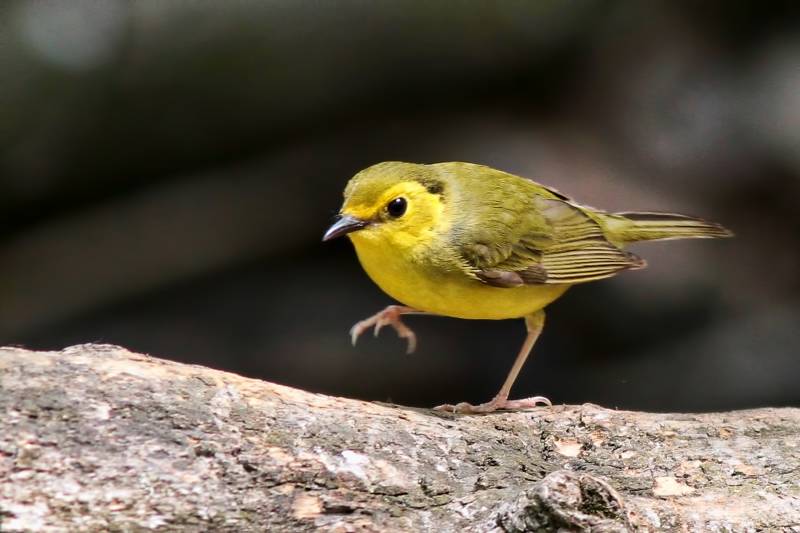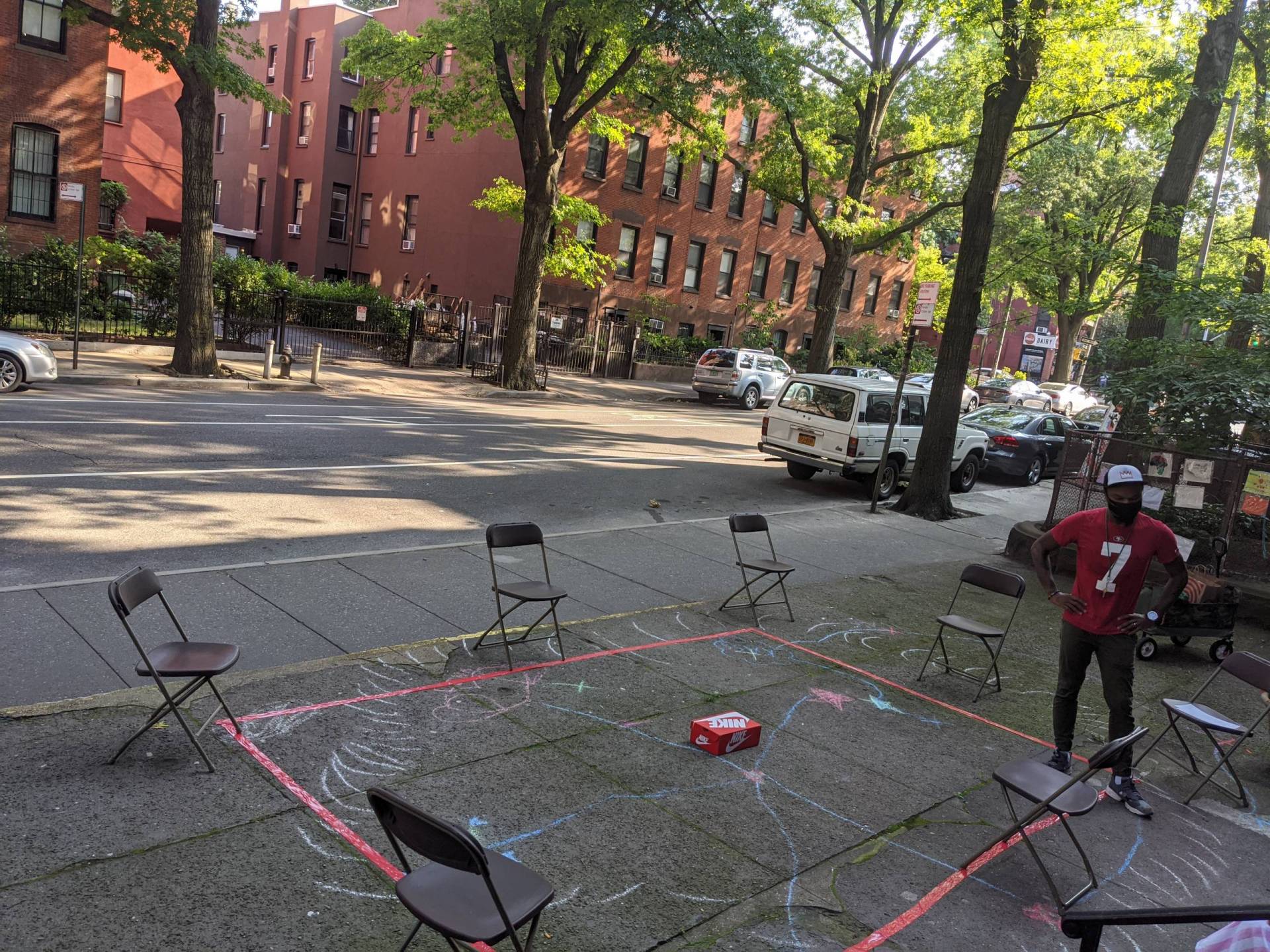The bird was definitely going to die. The eighth-graders in Cornelius Minor’s class were walking back to their Brooklyn school when someone noticed a young bird struggling for life on the sidewalk. The students — about a dozen boys — broke line formation and huddled around. Some started to cry. Some strategized a rescue. Minor looked at the bird and at his watch. Only a few minutes remained for the creature and for class. Minor tried gently explaining that the bird wouldn’t make it, but the kids would not be moved. They urged Minor to call animal control and their science teacher for help and to notify the office that they would be late for the next period.
“For me, that was the perfect assessment,” Minor said. “They were using everything that I taught them about empathy. They were using everything that they had learned in science. They were using everything that they had learned about how the city works and about how a city agency works to save the life of this bird.”
That was 2009. Minor is now a teacher coach, but during his 10 years teaching in New York City public schools he took students outside almost every day. As evidence of airborne transmission of coronavirus has grown, outdoor learning has garnered attention as a safer way to conduct school. In July, the New York Times highlighted how open-air classes were held even amid New England winters to help fight tuberculosis in the early 1900s. A piece in the Atlantic suggested that such plans might be better for kids than the isolation and inequities of virtual learning but were unlikely because of bureaucracy. Absent any state or district-wide initiatives, some teachers are taking up the outdoor learning mantle on their own.
According to long-time practitioners like Minor, these practices hold promise beyond limiting the spread COVID-19. The curiosity and connection sparked by outdoor learning could be a much-needed antidote to the anxiety and stress of 2020.
Doable alternatives
In a year full of challenges, figuring out how to implement outdoor learning may feel like a tall task for teachers. It’s too hot in Arizona. Too muggy in Mississippi. Too snowy in Maine. And in cities everywhere, “too dangerous.” Kass Minor has heard many of those objections in recent months. It’s a similar response that comes with “anything that's outside people's experience,” she said, but like her husband, Minor took her students outside regularly when she taught in New York City public schools. She noted that New York City erected a pop-up hospital in Central Park in just a week this spring and said that with a shift in resources and mindset, similar innovations are possible in education.



